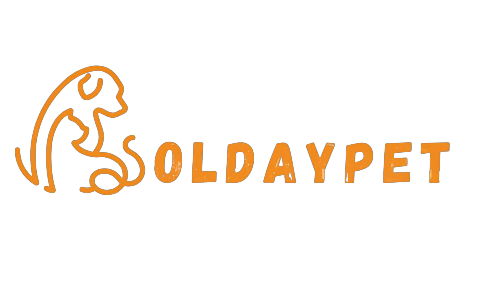






Paws for Thought: 5 Science-Backed Tips to Ease Your Dog's Separation Anxiety in 2025
As a practicing veterinarian with over a decade of experience in canine behavior and welfare, I’ve seen firsthand how separation anxiety can turn a joyful dog into a distressed companion. Separation anxiety isn’t just “bad behavior”—it’s a genuine psychological condition where dogs experience intense fear or panic when left alone. Symptoms can range from excessive barking and destructive chewing to house soiling, pacing, or even self-injury.
The good news is that our understanding of this condition has grown immensely. In 2025, we're moving beyond just "desensitisation" and tackling the very roots of the problem.
To effectively treat separation anxiety, we must first become detectives of our dog's distress. The causes are often multifaceted, but by identifying the key contributors, we can apply targeted, scientific solutions that bring lasting relief.
1. Micronutrient Deficiencies Can Affect Emotional Regulation
Believe it or not, your dog’s diet plays a surprising role in their emotional health. Deficiencies in key micronutrients—especially B vitamins (like B6 and B12), magnesium, and omega-3 fatty acids—can impair neurological function and reduce resilience to stress.
Solution: Targeted Nutritional Psychiatry
Give your dog more high-quality diets supplemented with omega-3s (from fish oil), tryptophan (a serotonin precursor), and calming botanicals like L-theanine.
Steamed pumpkin puree mixed with organ meat makes for a simple yet nutritionally balanced dog meal. If your dog is a messy eater, invest in a spill-proof pet feeding mat placed under their food bowl.
2. Lack of Proper Early Socialisation
Puppies who leave their mothers and littermates too early miss out on critical lessons in bite inhibition, communication, and, most importantly, learning how to be alone. Their canine mother teaches them resilience; without this, they can become neurologically "wired" for dependency.
Solution: Enrichment & Trust Train
Focus on rebuilding trust through predictable routines and positive reinforcement. Try the “solo confidence training”—short, rewarding sessions where the dog learns to stay calm while you’re out of sight but nearby, gradually increasing distance and duration. And making your dog's bed a den of delicious, long-lasting treats (like a frozen Kong).
Real Owner Experience: "We rescued Bella at 6 weeks, and her separation anxiety was severe. Our trainer had us implement 'mandatory nap time' in her crate with a frozen lick mat and an Adaptil collar. She learned that being in her own space was a safe, rewarding experience, not a punishment."
3. Lack of Mental Stimulation
A bored dog is an anxious dog. When left with nothing to do, a dog's mind will fixate on your absence, leading to destructive behaviours as an outlet for their pent-up energy and anxiety.
Solution: More Toys & Tech-Assisted Distraction
Rotate toys weekly to maintain novelty, and always pair your departure with a special “only-when-I’m-gone” treat toy to create positive associations. And use puzzle feeders that can be controlled remotely via an app. Imagine dispensing a treat to your dog from your phone while you're at the office! It's really fun!
4. Inconsistent Routines Create Uncertainty
Dogs thrive on predictability. Erratic schedules—leaving at random times, varying return hours, or inconsistent greetings—can make your dog feel perpetually on edge, never knowing when you’ll vanish next.
Solution: Establish a Consistent Pre-Departure Routine
Avoid emotional goodbyes or hellos—keep them calm and brief. In 2025, we're also using calming music playlists designed for dogs, available on streaming services. After you leave home, you can play soothing music for your dog to keep them company.
5. Underlying Medical Conditions & Owner's Own Anxiety
Sometimes, what looks like anxiety is actually pain (e.g., from arthritis) or a neurological issue. Furthermore, dogs are incredibly adept at mirroring our emotions. If you are anxious about leaving, your dog will be too.
Solution: A Full Veterinary Work-up and Keep Calm
This is non-negotiable. Always rule out medical causes first. In 2025, vets have a better understanding of the pain-anxiety link. Alongside this, work on your own emotional state.
6. Final Thoughts
Separation anxiety isn’t your dog’s fault—and it’s not yours, either. With empathy, consistency, and the right tools, most dogs can learn to feel secure on their own.
Disclaimer: This blog post is for informational purposes only. Always consult with your local veterinarian or a certified veterinary behaviourist for a formal diagnosis and a treatment plan tailored specifically to your dog's needs.
About Us: Soldaypet is where love for pets meets reliable craftsmanship. Founded in 2021, we are a small company dedicated to building harmony between people and pets by providing fun and safe pet products.
Learn More:
